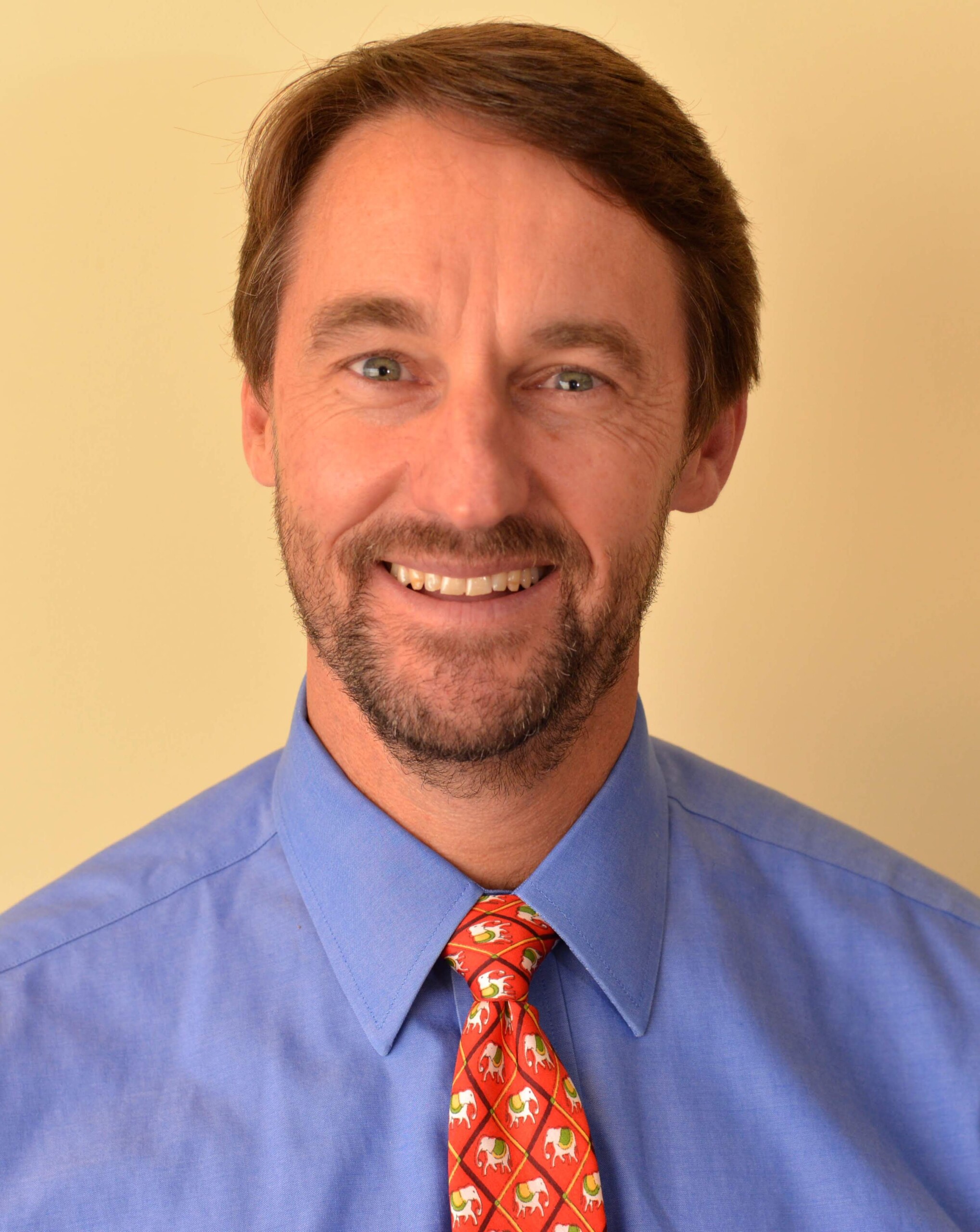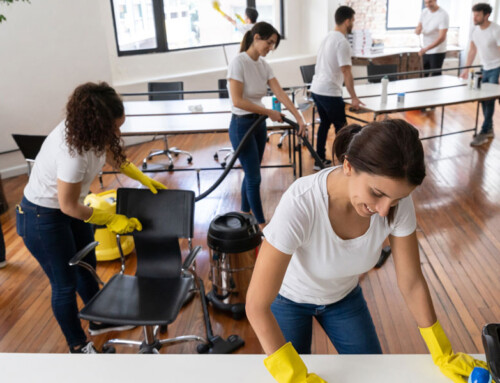Cleaning for Health: Sprinting to Scale
As senior director of the Global Biorisk Advisory Council® (GBAC), I provide updates on where we are right now with Cleaning for Health initiatives, from workshops, legislation in play, cleaning verification, training, certification, and more.
At the 2022 ISSA Show North America at McCormick Place Convention Center (a GBAC STAR® accredited facility) in Chicago, ISSA’s president, Matt Vonachen, of Vonachen Group, announced that ISSA had been awarded a US$160,000 grant from the U.S. Occupational Safety and Health Administration (OSHA) for workplace safety and health training.
ISSA’s Cleaning for Health Workshop: Helping Essential Cleaners Identify Reservoirs for Germs, provides critical education and training to frontline cleaning workers. This workshop closes gaps in current protections and controls for diseases transmissible by contact, droplet, and aerosol, to which frontline cleaners can be particularly vulnerable. OSHA provided curriculum development and funding, and in 2023, we conducted 54 in-person workshops and trained 756 essential cleaning professionals.
Those in the cleaning industry are managers of safety and health in the built environment. Businesses can grow and prosper by understanding the reservoirs for germ survival and spread.
Cleaning for health, and not just appearance or smell, means implementing the industry’s highest standards for cleaning by using the proper:
- Procedures
- Training
- Chemistry of cleaning and disinfection products
- Equipment
- Tools
- Personal protective equipment (PPE).
In the Cleaning for Health workshop, you will learn that:
- Germs are found in certain places—called “reservoirs”—and need a pathway to spread to other places and people.
- There are five reservoirs in the built environment that are important for infection control and cleaning for health.
- Cleaning for Health actions focus on decreasing or eliminating the risk of germ survival and spread.
Why “Cleaning for Health?”
In 1993, Dr. Michael A. Berry published a groundbreaking textbook entitled “Protecting the Built Environment—Cleaning for Health.” Dr. Berry clearly explained the importance of cleaning for overall indoor environmental quality. He stated that “effective cleaning is the process of extracting and removing unwanted matter to the optimum extent to reduce exposure to unwanted matter.”
We conducted a two-day curriculum development workshop in November 2022, based on that textbook by Dr. Berry. Twenty experts attended and were led by Doug Hoffman (NORMI—National Organization of Remediators & Microbial Inspectors), David Maurer (CPI—Creative Products International), Jim Mannes (Shaw Industries Group Inc.) and Dr. Gavin Macgregor-Skinner (GBAC at ISSA).
Our Cleaning for Health workshop was recently approved by the Florida Department of Business and Professional Regulation to provide four hours of continuing education credits. Our goal in 2024 is to work with cleaning industry leaders and state governments, not just to continue to approve one workshop, but an entire workforce development program.
Why “essential cleaning professional?”
My employee identification card for the hospital I work with reveals something important. On the front of the card is my name and photo. But the back of the card states that I am an essential employee and that “during a disaster or other state of emergency, this identification card will serve as a pass through police, fire, and armed services checkpoints.” My ID card allows me to get to work and do my job.
But what we discovered throughout the COVID-19 pandemic emergency and after disasters like hurricanes, when there are curfews, many of our cleaning industry colleagues, who we know are essential, do not carry identification cards that state that they are essential employees and help them get to their place of work.
What was learned at the Cleaning for Health workshops?
ISSA and our partners (NORMI, CPI, Shaw Industries) conducted 54 workshops and trained 756 workers from January to September. We learned that:
- 658, or 87%, had not participated in any sort of training activities in the past five years.
- 695, or 92%, had not completed any training on federal or state government standards in the past three years that address hazards and risk and safety at work, including the use of PPE.
- 680, or 90%, did not know what the active ingredients were in the cleaning products they used. Many workshop attendees mentioned water as an ingredient but did not know a second ingredient.
OSHA states that “employees in the cleaning industry face a number of hazards. Cleaning industry employees may be exposed to potentially hazardous chemicals, may be asked to work with equipment that can present a danger, and may be asked to perform tasks that may cause an injury or illness if not performed properly.”
In 2024, ISSA and our members will strengthen partnerships and collaborate to ensure that essential cleaning professionals have access to and can complete training on knowledge, skills, and abilities that are crucial to ensure a safe and healthy work environment.
To help make our training accessible, our Cleaning for Health workshop is available in eight languages: English, Spanish, Portuguese, Arabic, Chinese, Italian, Korean, and Haitian Creole.
What are reservoirs, and why should we care?
Cleaning professionals work in unique settings, and we consider germs differently where we work than other workers might. Germs are everywhere, including in and on the human body and in the built environment. Some of these germs will make us sick, while some germs will not. Our bodies are very good at protecting us against many germs, but when people are weak or ill, their defenses may not work as well. Also, some germs can still cause infection in someone healthy.
Germs need a place to live. We call these places “reservoirs.” Essentially, they’re like habitats. Reservoirs can be in the human body: the skin, the digestive system or gut, the lungs and airway, the blood, or anything that is wet from your body (vomit, diarrhea, sweat, saliva, snot). Reservoirs can also be in the environment: water and wet surfaces, dry surfaces, dirt and dust, equipment, and in the air as particles and droplets.
Germs can spread from reservoirs when we cough, sneeze, sing, talk, and breathe; they can spread from the things we touch with our hands and then touch our face, especially our eyes, nose, and mouth; through cuts and abrasion in our skin, from splashes and sprays; and, of course, the toilet sneeze.
Reservoirs are the places on and in our bodies and the built environment where germs live. Germs frequently spread between and among these reservoirs. Understanding where germs live helps us recognize where there is a risk for them to spread, and how our Cleaning for Health actions work to stop them from spreading and making people sick.
Do we need to measure cleanliness?
Yes, it is important to measure cleaning effectiveness in addition to the labor and material cost of the cleaning process. The best way to measure the effectiveness of a cleaning process is to measure before and after the cleaning. Surface cleanliness is vital to reducing the spread of bacteria, viruses, and mold that can make people sick. Remember, surfaces may look clean but still contain germs.
Comedian Howie Mandel joined ISSA on a mission to “Rethink What Clean Means.” This industry video series explains the need to clean and how to measure cleanliness. The videos “Howie Clean It” in hotels, restaurants, and restrooms have been a massive hit at every Cleaning for Health workshop.
In 2024, we will continue to put people first and to ensure that our members’ stories and case studies on how they clean and protect the health of people and the built environment are promoted so that when someone walks through the door, they know their health and well-being is our top priority.
Will ISSA be doing any research in 2024?
It is critical that ISSA and our members conduct research to drive progress and knowledge. We are calling upon all sectors of the cleaning industry to have a responsibility to continue to bridge the gap between knowledge and action and to ensure that evidence is used to guide and inform decision-making.
We know the importance of conducting representative research and show how when people can’t make it to a study, then the study needs to come to them. At ISSA, we are focused on giving the term “research for cleaning” a real meaning: research for action and action for change.
We are partnering with universities such as Penn State and City University of New York, as well as our valued ISSA members, to answer important research questions, such as:
- How do we better understand people’s knowledge, attitudes, and practices and how they drive the choice and use of cleaning products?
- What factors influence people on how a cleaning product is perceived as being effective?
- What knowledge, skills, and abilities do essential cleaning professionals need to be safe and successful?
- What training courses and facilities do we need to train one million workers annually?
What is our Big Hairy Audacious Goal for 2024?
A Big Hairy Audacious Goal (BHAG) refers to a clear and compelling target an organization is trying to reach and inspire our ISSA staff and members to reach. At ISSA, we have one:
To train one million workers every year to clean and protect buildings and their occupants now and in the future.
From January to September, our Cleaning for Health workshops were “presented under Grant Number SH-38958-22-60-F-17, ISSA FY22 Susan Harwood Training Program ARPA Infectious Diseases Grant from the U.S. Department of Labor’s Occupational Safety and Health Administration. It does not necessarily reflect the views or policies of the U.S. Department of Labor, nor does mention of trade names, commercial products, or organizations imply endorsement by the U.S. government.”
At ISSA, we draw attention to the most critical issues impacting the cleaning industry, the extraordinary people tackling them, and the voices of those affected. We coordinate activities to bring these issues to life and convene the right people and resources to drive change in these areas.
We have big plans in 2024 as we take Cleaning for Health to scale in partnership with our ISSA members.


















